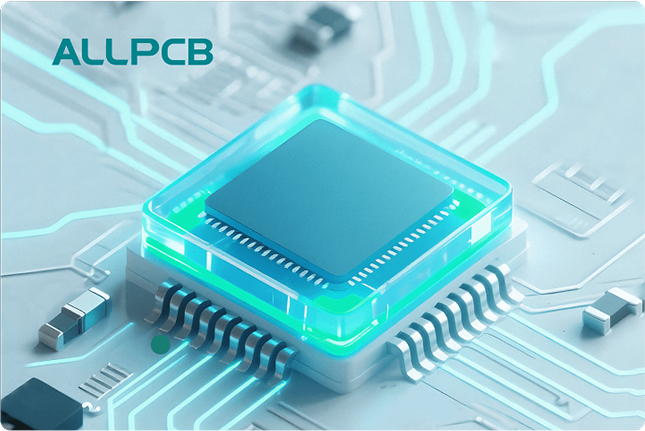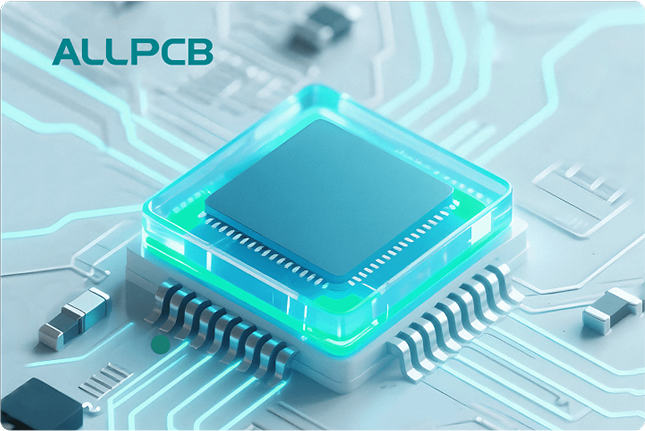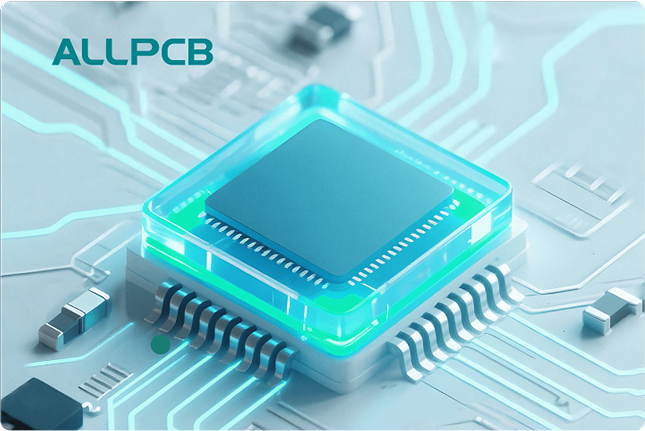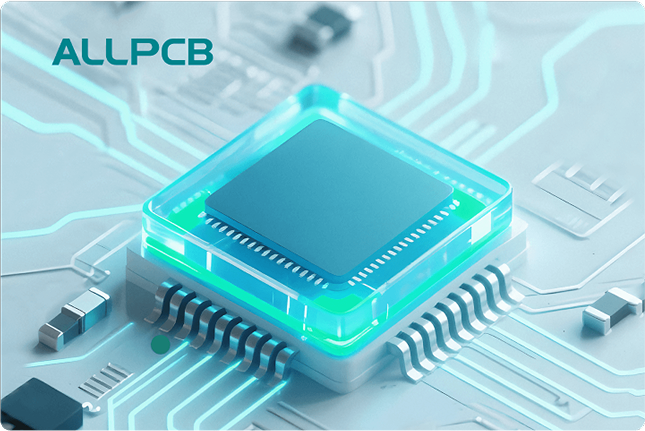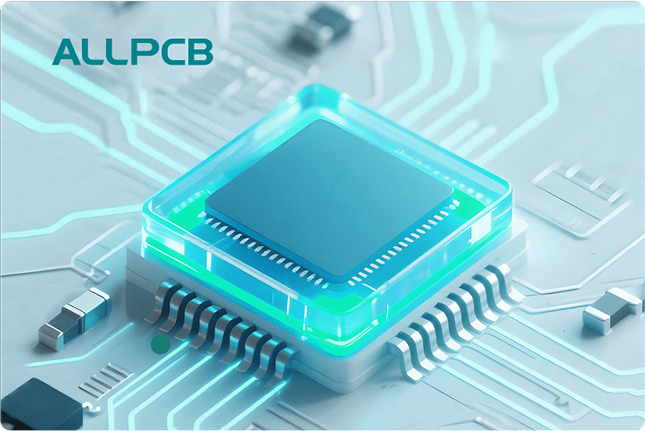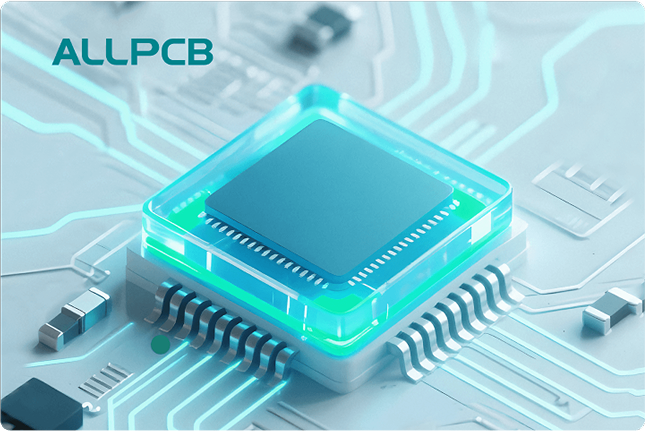In the world of Surface Mount Technology (SMT) assembly, managing heat is critical for ensuring the performance and longevity of electronic components. While thermal paste has long been a go-to solution for heat dissipation, advanced Thermal Interface Materials (TIMs) are now taking center stage. If you're searching for SMT assembly thermal solutions or advanced thermal interface materials, this guide will introduce you to cutting-edge TIM alternatives that can elevate your SMT reflow thermal management processes. We'll dive into options like thermal pads, phase change materials, and automated dispensing TIM systems, offering practical insights for optimizing your assembly line.
At ALLPCB, we understand the importance of staying ahead with innovative solutions. This blog explores the latest advancements in TIMs, helping engineers and manufacturers enhance thermal performance in SMT assembly. Let's uncover the benefits, applications, and implementation strategies for these modern alternatives to traditional thermal paste.
Why Thermal Management Matters in SMT Assembly
Effective thermal management is the backbone of reliable SMT assembly. As electronic devices become smaller and more powerful, components generate more heat in confined spaces. Poor heat dissipation can lead to overheating, reduced performance, and even component failure. In SMT assembly, where components are mounted directly onto the surface of a printed circuit board (PCB), ensuring efficient heat transfer during and after the reflow soldering process is essential.
During SMT reflow, components are subjected to high temperatures—often between 220°C and 260°C depending on the solder paste used. Without proper SMT reflow thermal management, uneven heating can cause thermal stress, leading to defects like tombstoning or solder joint cracks. Beyond the assembly stage, long-term thermal management ensures that devices operate within safe temperature ranges, typically below 85°C for most ICs, to prevent degradation.

The Limitations of Traditional Thermal Paste in SMT Assembly
Thermal paste has been a staple in thermal management for decades due to its affordability and ease of application. It fills microscopic gaps between components and heat sinks, improving heat transfer with thermal conductivity values often ranging from 1 to 5 W/m·K. However, as SMT designs push boundaries with higher power densities and smaller footprints, thermal paste shows its limitations.
For one, thermal paste can dry out or degrade over time, especially under high temperatures, losing its effectiveness. It also poses challenges in automated SMT assembly lines, as precise application is difficult and often results in inconsistent coverage. Additionally, its relatively low thermal conductivity compared to newer materials makes it less suitable for modern high-performance devices, where heat dissipation demands are greater.
This is where advanced thermal interface materials come into play, offering superior performance and adaptability for SMT assembly thermal solutions.
Exploring Advanced TIM Alternatives for SMT Assembly
Modern TIMs go beyond traditional thermal paste, providing innovative solutions tailored to the needs of SMT assembly. Below, we explore several TIM alternatives that are gaining traction in the industry for their enhanced thermal conductivity, durability, and ease of integration.
1. Thermal Pads for SMT Applications
Thermal pad SMT solutions are pre-formed, solid sheets of material designed to transfer heat between components and heat sinks. Unlike thermal paste, thermal pads are easy to handle and apply, making them ideal for automated assembly processes. They come in various thicknesses (typically 0.5mm to 5mm) and offer thermal conductivity ranging from 1.5 to 6 W/m·K, depending on the material composition, such as silicone or graphite-based pads.
Thermal pads are particularly useful in SMT assembly for power components like MOSFETs or voltage regulators, where consistent contact and heat dissipation are critical. They eliminate the mess and inconsistency of thermal paste, ensuring uniform thermal performance across multiple components on a PCB. Moreover, thermal pads are durable and resistant to drying out, providing long-term reliability.
Suggested Image Placement: Include an image here of a thermal pad being placed on a PCB component during SMT assembly. ALT Text: 
2. Phase Change Materials (PCMs) for Dynamic Heat Management
Phase Change Materials (PCMs) are an innovative TIM alternative that changes from solid to liquid at specific temperatures, optimizing heat transfer during operation. With thermal conductivity values often between 3 and 8 W/m·K, PCMs outperform traditional thermal paste in dynamic thermal environments. They are particularly effective in SMT applications where components experience fluctuating heat loads, as PCMs absorb and release heat during phase transitions.
In SMT reflow thermal management, PCMs can be applied as thin films or pads, ensuring consistent contact during the soldering process. Their ability to adapt to temperature changes makes them a valuable choice for high-performance electronics, such as those in automotive or telecommunications sectors.
3. Thermal Gels and Liquid TIMs for Precision Applications
Thermal gels and liquid TIMs offer a middle ground between traditional paste and solid materials like pads. These materials are dispensed as liquids but cure into a semi-solid state, providing excellent gap-filling properties and thermal conductivity ranging from 4 to 10 W/m·K. They are ideal for SMT assembly applications where components have irregular surfaces or tight tolerances.
One of the key advantages of thermal gels is their compatibility with automated dispensing TIM systems. Automated dispensing ensures precise application, reducing waste and improving consistency in high-volume production. This makes thermal gels a cost-effective solution for manufacturers looking to streamline their SMT assembly processes while maintaining high thermal performance.

4. Graphite Sheets and Metal-Based TIMs for Extreme Performance
For applications requiring the highest levels of thermal conductivity, graphite sheets and metal-based TIMs are top contenders. Graphite sheets can achieve thermal conductivity up to 20 W/m·K, while metal-based TIMs, such as indium or liquid metal alloys, can exceed 30 W/m·K. These materials are often used in high-power SMT applications, such as server-grade processors or LED modules, where heat dissipation is a critical concern.
While these TIMs offer unparalleled performance, they come with challenges, including higher costs and potential compatibility issues with certain components. However, for specialized SMT assembly projects, they provide unmatched efficiency in heat transfer.
Benefits of Advanced TIMs in SMT Reflow Thermal Management
Implementing advanced TIMs in SMT reflow thermal management offers several advantages over traditional thermal paste. These benefits directly impact the quality, reliability, and efficiency of SMT assembly processes:
- Improved Thermal Conductivity: Advanced TIMs offer higher thermal conductivity, ensuring better heat dissipation and lower operating temperatures for components. For instance, switching from a 3 W/m·K thermal paste to a 10 W/m·K thermal gel can reduce junction temperatures by 10-15°C in high-power applications.
- Consistency in Application: Materials like thermal pads and automated dispensing TIMs reduce variability in application, leading to uniform thermal performance across large batches of PCBs.
- Durability and Longevity: Unlike thermal paste, many advanced TIMs resist degradation over time, maintaining their effectiveness even after years of operation under high temperatures.
- Efficiency in Production: TIMs compatible with automated systems streamline SMT assembly, reducing labor costs and minimizing errors during application.
How to Choose the Right TIM for Your SMT Assembly Needs
Selecting the best TIM for your SMT assembly project depends on several factors, including the specific application, budget, and production requirements. Here are some key considerations to guide your decision:
- Thermal Requirements: Assess the heat dissipation needs of your components. High-power devices may require graphite sheets or metal-based TIMs, while standard applications can use thermal pads or gels with moderate conductivity (4-6 W/m·K).
- Assembly Process: If your production line relies on automation, prioritize TIMs compatible with automated dispensing TIM systems or pre-formed materials like thermal pads to save time and reduce errors.
- Cost Constraints: While high-performance TIMs offer superior results, they often come at a higher price. Balance performance needs with budget limitations to find a cost-effective solution.
- Environmental Factors: Consider the operating environment of the final product. For devices exposed to extreme temperatures or humidity, choose TIMs with proven durability, such as PCMs or thermal pads.
By carefully evaluating these factors, you can identify the ideal TIM alternative to enhance your SMT assembly thermal management strategy.
Implementation Tips for Advanced TIMs in SMT Assembly
Integrating advanced TIMs into your SMT assembly process requires careful planning to maximize their benefits. Here are actionable tips to ensure successful implementation:
- Optimize PCB Design: Design your PCB layout with thermal management in mind. Place heat-generating components strategically and ensure adequate space for TIM application or heat sink attachment.
- Calibrate Reflow Profiles: During SMT reflow, adjust the oven's temperature profile to account for the specific TIM used. For example, PCMs may require a slower ramp-up to avoid premature phase changes.
- Invest in Automation: For high-volume production, use automated dispensing systems for liquid TIMs or gels. This ensures precision and consistency, reducing defects caused by uneven application.
- Test and Validate: After assembly, conduct thermal testing to verify the performance of the chosen TIM. Use tools like thermal imaging cameras to identify hot spots and adjust as needed.
Future Trends in TIMs for SMT Assembly
The field of thermal interface materials is evolving rapidly, driven by the demand for smaller, faster, and more efficient electronics. Emerging trends in advanced thermal interface materials include the development of hybrid TIMs, such as liquid metal-silicone composites, which combine ultra-high conductivity with ease of application. Additionally, nanotechnology is paving the way for TIMs with enhanced properties, such as carbon nanotube-based materials that could achieve thermal conductivity exceeding 50 W/m·K.
Another exciting development is the integration of smart TIMs that adapt to thermal conditions in real-time, offering dynamic heat management for next-generation devices. As these innovations become commercially viable, they promise to further revolutionize SMT assembly thermal solutions.
Conclusion: Elevate Your SMT Assembly with Advanced TIMs
Thermal management is a cornerstone of successful SMT assembly, and moving beyond traditional thermal paste to embrace advanced thermal interface materials can significantly enhance performance and reliability. From thermal pad SMT solutions to phase change materials and automated dispensing TIMs, these alternatives offer superior heat dissipation, durability, and ease of use for modern electronics manufacturing.
At ALLPCB, we're committed to supporting engineers and manufacturers with cutting-edge solutions for SMT reflow thermal management. By adopting the right TIM for your specific needs, you can optimize your assembly processes, reduce thermal stress, and ensure the longevity of your products. Explore these innovative materials today and take your SMT assembly to the next level.

 ALLPCB
ALLPCB


